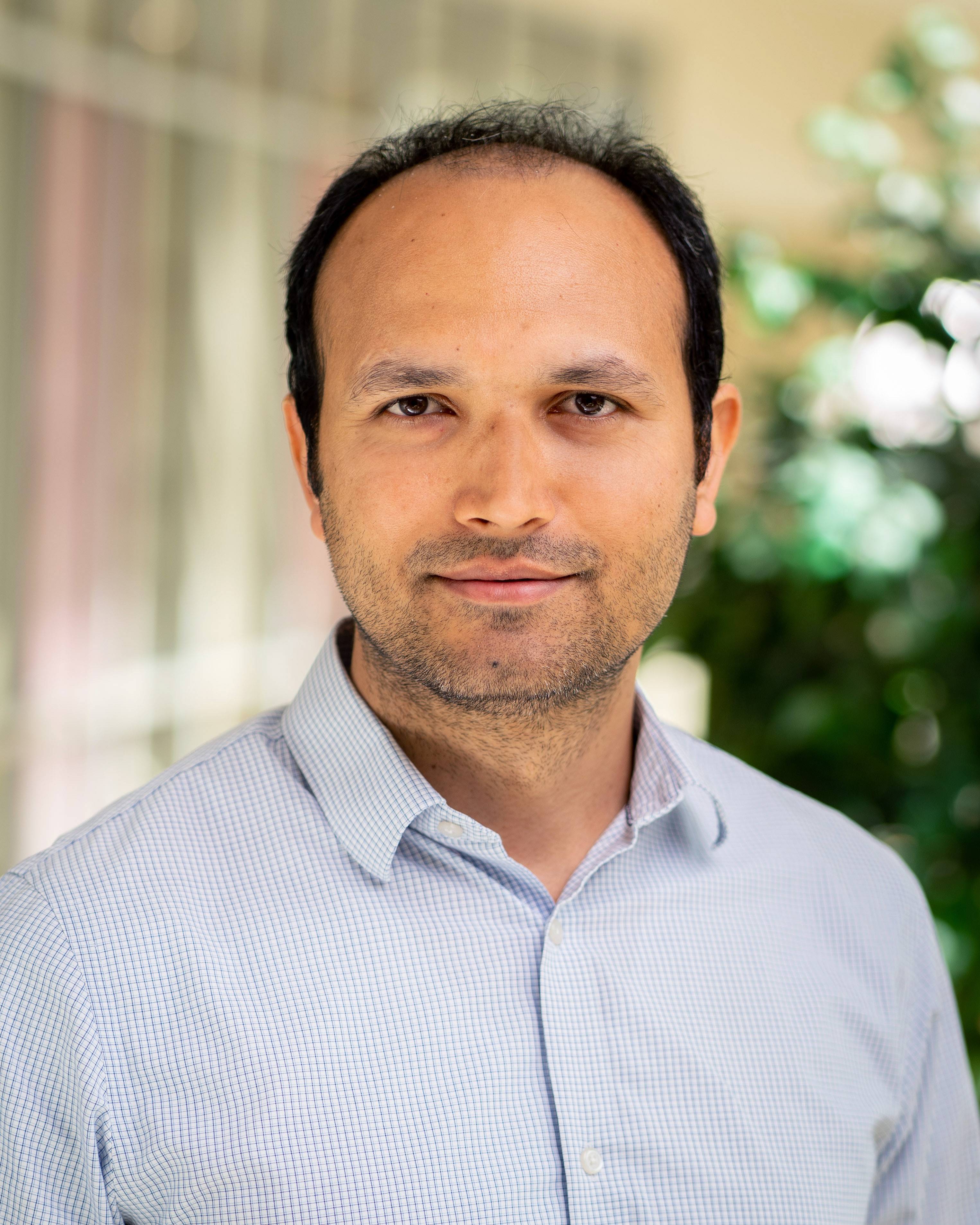At Colgate, aspiring engineers have options for their course of study, and benefit from a well-rounded liberal arts curriculum.
The pre-engineering program lets the student get the best of both worlds: a broad liberal arts background followed by specific engineering training
Kenneth Segall associate professor of physics
Two Paths to a Career in Engineering
There are two paths that aspiring engineers follow as Colgate students. One is to major in physics and then pursue graduate school in engineering. Alternatively, students can participate in a joint program between Colgate and an affiliate undergraduate engineering school as part of a 3-2 plan.
3-2 Plan
Spend three years at Colgate and two at an engineering school, earning bachelor’s degrees from both institutions. Participants in this program may also be eligible to continue study for a master of science (MS) degree. Sometimes this may be completed in as little as one additional year after earning the bachelor's degree in engineering. Students pursuing the 3-2 track work closely with a pre-engineering advisor on course selection and career plans.
Participating 3-2 schools
Physics Major
A dynamic physics program supports students looking to venture into the field of engineering after graduation. Students can propose experiments for microgravity with NASA, design a trebuchet, and attend conferences of the American Physical Society (APS) and American Association of Physics Teachers (AAPT).
Related courses
- Electronics
- Computational Mechanics
- Intro to Electricity and Magnetism
- Quantum Mechanics
- Thermodynamics and Statistical Mechanics
Advisors
- MW 10:00am - 11:30am (334 Ho Science Center)

